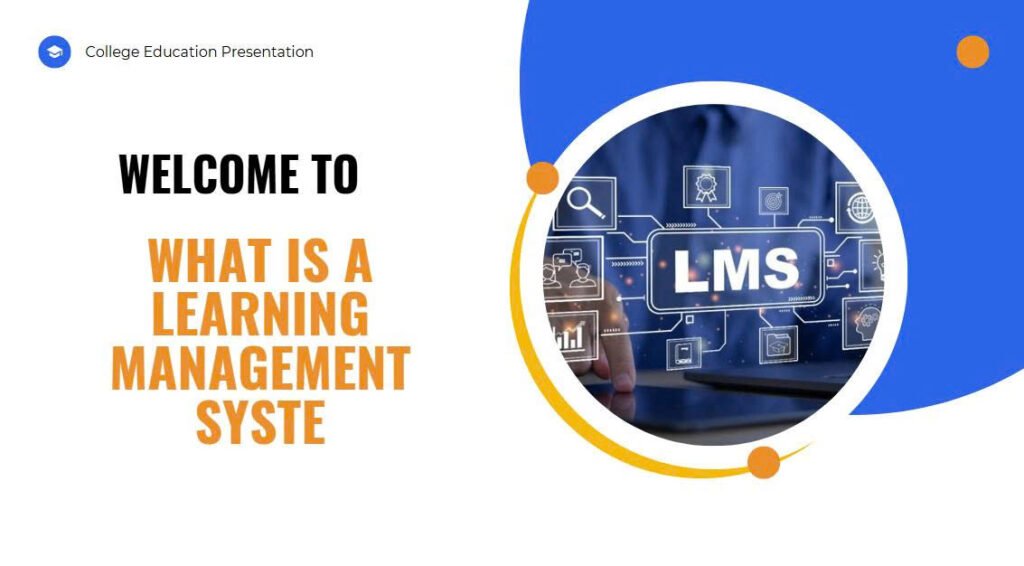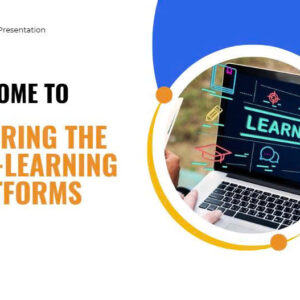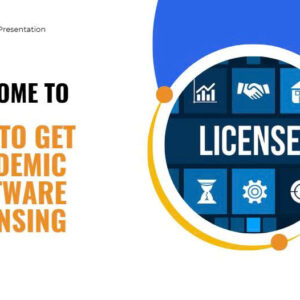If you’ve ever taken an online course, participated in professional training, or even just used a digital platform for your school assignments, chances are you’ve interacted with a Learning Management System, or LMS. But what exactly is it, and why has it become such a fundamental tool in education and professional development today?

Let’s break it down!
So, What Exactly is an LMS?
At its simplest, a Learning Management System (LMS) is a software application or web-based technology used to plan, implement, and assess a specific learning process. Think of it as a central hub for all things related to teaching and learning in a digital environment.
It’s the digital backbone that connects learners, instructors, and content, facilitating the delivery of educational courses and training programs.
Key Features of a Modern LMS 🚀
A good LMS isn’t just about uploading documents. It’s packed with features designed to make learning and teaching more efficient and engaging. Here are some core functionalities you’ll typically find:
- Course Management: This is the heart of an LMS. Instructors can create, organize, and publish course content (like lessons, videos, readings, and presentations) in a structured way.
- User Management: It allows administrators to manage users (students, teachers, managers, employees), assign roles, and track their progress individually.
- Content Delivery: An LMS supports various content formats – documents, videos, audio files, interactive modules, quizzes, and more – making learning engaging and accessible.
- Assessment Tools: Instructors can create and administer quizzes, assignments, exams, and surveys. The system often includes automated grading features and grade books.
- Communication & Collaboration: Features like discussion forums, chat functions, announcement boards, and even virtual classrooms (video conferencing integration) facilitate interaction between learners and instructors, and among learners themselves.
- Tracking & Reporting: One of the most powerful aspects! An LMS can track learner progress, completion rates, engagement levels, and assessment scores, providing valuable insights for both instructors and administrators.
- Personalization: Some advanced LMS platforms offer adaptive learning paths, allowing content to be tailored to individual learner needs and progress.
- Integration Capabilities: A good LMS can often integrate with other essential tools like Student Information Systems (SIS), HR software, video conferencing platforms (Zoom, Google Meet), and even external content libraries.
Why Does an LMS Matter? The Purpose and Benefits 💡
An LMS serves multiple crucial purposes for different stakeholders:
For Educational Institutions (Schools, Universities):
- Scalability: Allows institutions to deliver education to a large number of students, locally or globally, without physical classroom limitations.
- Consistency: Ensures that all students receive the same high-quality content and learning experience.
- Flexibility: Supports various learning models – fully online, blended learning (mix of online and in-person), or flipped classrooms.
- Efficiency: Streamlines administrative tasks like enrollment, grade management, and communication, freeing up instructors to focus on teaching.
- Data & Analytics: Provides valuable data on student performance and course effectiveness, aiding in curriculum improvement and student support.
For Businesses (Corporate Training & Development):
- Onboarding & Compliance: Efficiently trains new hires and ensures employees complete mandatory compliance training.
- Skill Development: Delivers ongoing training for upskilling and reskilling the workforce, keeping employees competitive.
- Cost-Effectiveness: Reduces the need for expensive in-person training, travel, and physical materials.
- Consistency & Standardisation: Ensures all employees receive consistent training regardless of location.
- Performance Tracking: Monitors employee progress and completion, providing data for performance reviews and talent management.
For Learners (Students, Employees):
- Accessibility: Learning materials are available anytime, anywhere, on various devices (laptops, tablets, smartphones).
- Flexibility: Allows learners to study at their own pace and schedule, fitting education around other commitments.
- Organization: Provides a clear, organized structure for all course materials, assignments, and grades.
- Engagement: Often includes interactive elements, multimedia, and collaborative tools that make learning more engaging.
- Self-Paced Learning: Ideal for those who prefer to absorb information at their own speed.
Popular LMS Platforms You Might Encounter:
- For Education: Canvas, Moodle, Blackboard, Google Classroom, Schoology.
- For Corporate/Enterprise: Cornerstone OnDemand, Docebo, TalentLMS, SAP Litmos, Workday Learning.
The Future of Learning is Connected 🌐
In a world that’s increasingly digital and constantly evolving, the LMS has become an indispensable tool. It’s not just about delivering content; it’s about creating dynamic, measurable, and accessible learning experiences that empower individuals and organizations alike. Whether you’re a student, a teacher, a business owner, or an employee looking to grow, understanding the power of an LMS is key to unlocking future learning opportunities.
Have you used an LMS before? What was your experience like? Share your thoughts in the comments below!




